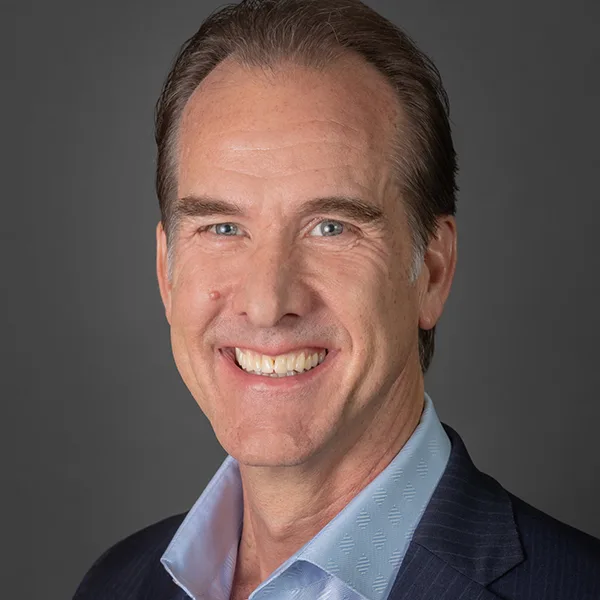
Every supervisor’s seen it: You roll out a new habit or process meant to make things better on the floor, and the first response you get is folded arms, eye rolls, or a quick “we’ve always done it this way.”
But here’s the opportunity: resistance is actually a sign that people are paying attention. It means they’ve noticed a change. What matters is how you respond in that moment. Do you try to force it through—or do you use it to open a door?
When handled right, pushback can become one of your best tools for building buy-in, creating momentum, and making changes stick.
Let’s break down how.
Where Resistance Shows Up
Pushback usually pops up when you’re changing the small, everyday things—the stuff your team has been doing the same way for years. These might seem like minor adjustments, but they carry weight.
Here are some of the most common flashpoints:
- A new startup checklist at the beginning of the shift
- New expectations for shift handoffs or cleanup procedures
- Real-time tracking of downtime, delays, or resets
- Adding a signoff step for maintenance or inspections
- Changing how tools or materials are staged for the next job
These changes often sound simple but feel disruptive. The issue isn’t always the task itself—it’s the uncertainty around it, or the fear it’s just “more work” with no payoff.
Quick Wins for Turning Pushback Into Buy-In
You don’t need to overhaul your entire leadership style. These small adjustments can make a big impact, fast:
✅ Keep the “Why” Short and Clear
Most resistance comes from not knowing the real reason behind a change. Your team doesn’t need a 10-minute explanation—they need the headline.
Example:
“We’re doing this so we don’t lose 3 hours a week fixing the same preventable issue.”
The goal isn’t to convince—it’s to make it make sense.
✅ Hand Over Micro-Ownership
When people feel like they had a say, they’re more likely to commit. You set the non-negotiable goal—let them help decide how to hit it.
Example:
“This step has to get done. What’s the best way to track it that won’t slow you down?”
When operators help design the solution, they’ll help defend it.
✅ Spotlight First Movers
The first person who gets on board is your proof of concept. Don’t let it go unnoticed. Recognition doesn’t have to be dramatic—just visible.
Example:
“Thanks for getting through that new checklist without being asked. That’s the kind of leadership that keeps the line moving.”
People watch how you respond to others. Use it to your advantage.
✅ Turn Complaints Into Input
Instead of shutting down complaints, ask for a fix. It signals that you’re listening, and it often turns frustration into ideas.
Example:
“What part of this feels like a headache? How would you make it smoother?”
Even if the suggestion isn’t used, asking the question changes the tone.
What Not to Do
Some of the most common mistakes come from a good place—but they can backfire:
- Don’t over-explain. The longer the explanation, the more it sounds like you're trying to sell something that won’t help.
- Don’t joke about resistance. Even small jabs like “here come the complaints” add tension.
- Don’t skip the show-and-tell. If you don’t demonstrate the new habit, it sends a clear message: “This isn’t important enough for me to do.”
Change only sticks if it’s modeled and repeated by you first.
What Progress Actually Looks Like
Progress isn’t always loud. In fact, some of the biggest wins are quiet:
- Resistance goes from loud to quiet. That’s not silence it’s momentum.
- Peer-to-peer reminders pop up. When operators remind each other, you’re not pushing they’re owning it.
- The behavior shows up somewhere new. If a habit spreads from one line to another without prompting, it’s sticking.
Resistance Isn’t the Problem, Staying Stuck Is
It’s easy to see resistance as a roadblock. But the truth is, it’s just the first step in the change process. It shows people are reacting. They care enough to push back. That’s your window.
If you lean into that moment with practical leadership—not lectures—you create space for trust, clarity, and momentum.
Treat resistance like feedback, not failure. Listen to it. Learn from it. And then move forward together.
Ready to Turn Behavior Change Into Real Results?
Lost time on the floor doesn’t just come from breakdowns—it comes from slow adoption, unclear expectations, and habits that no longer serve the work. When teams resist change, that drag shows up in every shift: missed opportunities, inconsistent performance, and goals that stay just out of reach.
POWERS helps manufacturing teams overcome that resistance by aligning daily behaviors with operational goals. Our hands-on approach empowers frontline leaders to drive lasting improvements—not through top-down mandates, but through practical coaching, clear metrics, and repeatable systems.
To support this effort, we developed DPS—a next-generation manufacturing operating system built specifically for the shop floor. DPS helps supervisors and teams:
- Track behaviors through statistics in real time
- Reduce execution gaps between shifts
- Pinpoint patterns of lost time
- Reinforce changes that lead to lasting performance gains
No guesswork. No fluff. Just the tools and support needed to make change stick.
- Speak to an Expert: Call +1 678-971-4711 to discuss your specific challenges and goals.
- Email Us: Get tailored insights by emailing info@thepowerscompany.com
- Request an Assessment: Use our online contact form, and one of our expert manufacturing consultants will reach out to schedule an in-depth analysis of your operations.

